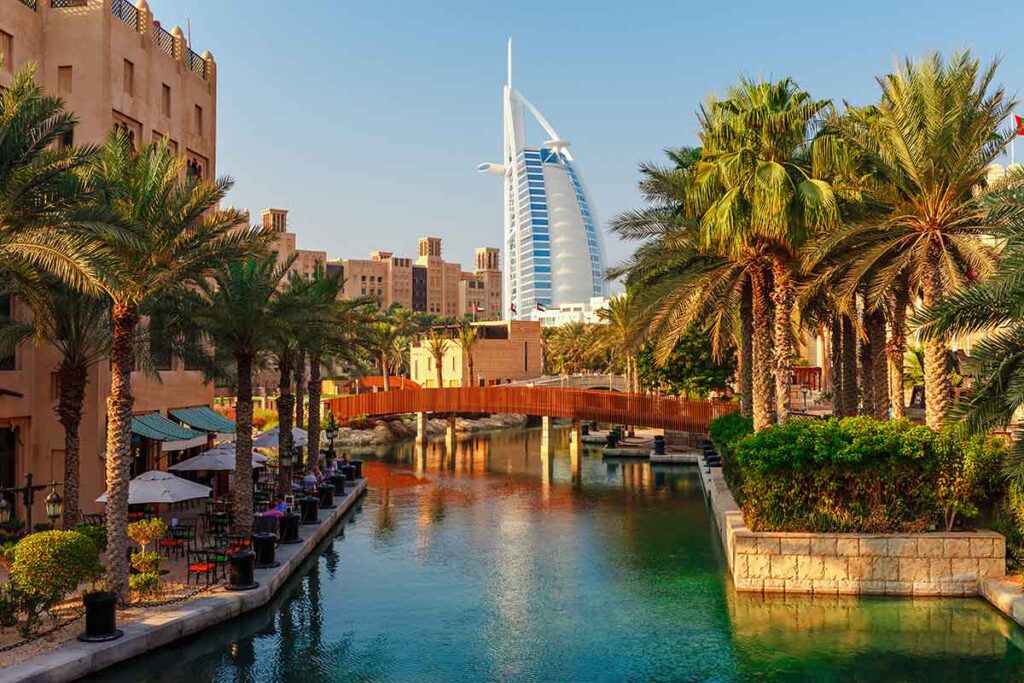Saudi short-term rentals are experiencing a massive surge as hotels across major cities face frequent overbooking. Riyadh, Jeddah, and Dammam are seeing unprecedented demand for apartments, villas, and vacation homes. This boom is fueled by a combination of tourism growth, government reforms under Vision 2030, and the evolving preferences of travelers seeking more flexible and private accommodation options.
The Vision 2030 Catalyst
At the heart of this transformation is Saudi Arabia’s Vision 2030, a comprehensive plan aimed at diversifying the economy and reducing dependence on oil revenues. As part of this vision, the Kingdom has set ambitious goals to increase tourism, enhance entertainment options, and promote cultural exchange. These initiatives have led to significant investments in infrastructure, including the development of luxury resorts, entertainment complexes, and cultural heritage sites. The influx of tourists and expatriates has created a burgeoning demand for diverse accommodation options, with short-term rentals emerging as a popular choice.
Tourism Boom and Changing Preferences
The surge in short-term rentals is closely tied to the rapid growth of tourism in Saudi Arabia. The Kingdom has seen a steady increase in international visitors, attracted by its rich history, cultural heritage, and modern amenities. This influx has been further bolstered by the easing of visa restrictions and the introduction of new tourist-friendly policies.
Travelers are increasingly seeking unique, personalized experiences that traditional hotels may not offer. Short-term rentals provide an opportunity to live like a local, offering amenities such as fully equipped kitchens, private pools, and spacious living areas. This shift in consumer preferences has led to a surge in demand for short-term rental properties, particularly in urban centers like Riyadh and Jeddah.
Economic Implications and Investment Opportunities
The growth of the short-term rental market presents significant economic opportunities. Revenue from short-term rental services in Saudi Arabia is projected to reach over $600 million in 2024, driven by increased demand and higher occupancy rates. This surge has attracted both local and international investors, leading to an influx of short-term rental firms in the country. Cities like Riyadh and Jeddah are witnessing a rise in property investments aimed at catering to the growing demand for short-term accommodations.
Moreover, the short-term rental market has created new avenues for income generation for property owners. Many Saudis are capitalizing on this trend by converting their properties into short-term rental units, thereby benefiting from higher rental yields compared to traditional long-term leases.

Regulatory Landscape and Market Dynamics
The rapid growth of the short-term rental market has prompted the Saudi government to implement regulations to ensure quality standards, safety, and fair competition with traditional hospitality providers. These regulations aim to streamline the licensing process, set minimum quality standards, and establish pricing guidelines. By doing so, the government seeks to create a balanced and sustainable short-term rental market that aligns with the Kingdom’s broader tourism objectives.Sharikat Mubasher
In Riyadh’s Ad Dir’iyah district, for example, Airbnb listings have shown varying occupancy rates and average daily rates, reflecting the dynamic nature of the market. These fluctuations underscore the importance of regulatory oversight to maintain market stability and protect both consumers and property owners.
Challenges and Considerations
Despite the promising growth prospects, the short-term rental market in Saudi Arabia faces several challenges. One of the primary concerns is the potential for overregulation, which could stifle innovation and deter investment. Striking the right balance between regulation and market freedom is crucial to fostering a thriving short-term rental sector.
Additionally, there is a need for infrastructure development to support the growing number of tourists and short-term rental properties. This includes improvements in transportation, utilities, and public services to ensure a seamless experience for visitors.

The Future Outlook
Looking ahead, the short-term rental market in Saudi Arabia is poised for continued growth. With the government’s commitment to Vision 2030 and ongoing investments in tourism infrastructure, the Kingdom is well-positioned to become a leading destination for travelers seeking unique and personalized experiences.
As the market matures, it is expected that the short-term rental sector will play an increasingly important role in the broader hospitality industry. Collaboration between government authorities, property owners, and rental platforms will be essential to ensure the sustainable development of the market and the realization of Saudi Arabia’s tourism ambitions.
Conclusion
The rise of short-term rentals in Saudi Arabia is a testament to the Kingdom’s evolving hospitality landscape. Driven by Vision 2030 reforms, a booming tourism sector, and changing traveler preferences, short-term rentals are reshaping the way visitors experience Saudi Arabia. As the market continues to grow, it offers new opportunities for investors, property owners, and travelers alike. With the right regulatory framework and strategic investments, Saudi Arabia’s short-term rental market is set to thrive in the coming years.
Summary Table
| Factor | Impact on Short-Term Rentals |
|---|---|
| Vision 2030 Reforms | Increased investment in tourism infrastructure |
| Surge in Tourist Arrivals | Higher demand for diverse accommodation options |
| Evolving Traveler Preferences | Preference for unique, personalized experiences |
| Economic Opportunities | Projected $600 million revenue in 2024 |
| Regulatory Measures | Ensuring quality standards and fair competition |
Do follow on : Instagram
Read More: 10 Amazing Expat Lifestyle Changes in Saudi Arabia 2025



